
Clay County is a county in the southeastern portion of the U.S. state of Illinois. As of the 2020 United States Census, the population was 13,288. Since 1842, its county seat has been Louisville, in the center of the county's area.

Pulaski County is a county located in the U.S. state of Illinois. According to the 2020 census, it had a population of 5,193. Its county seat is Mound City. Its largest city is Mounds. It is located along the Ohio River in the southwestern portion of the state, known locally as "Little Egypt".

Marion County is a county located in the U.S. state of Illinois. According to the 2020 census, it had a population of 37,729. Its county seat is Salem.

Henry County is a county located in the U.S. state of Illinois. The 2020 United States Census, listed its population at 49,284. Its county seat is Cambridge.

Ford County is a county located in the U.S. state of Illinois. According to the 2020 United States Census, it had a population of 13,534. Its county seat is Paxton. Ford County was part of the Champaign–Urbana, IL Metropolitan Statistical Area until 2018, when the Office of Management and Budget removed the county from the area.

Fayette County is a county located in the U.S. state of Illinois. As of the 2020 census, the population was 21,488. Its county seat is Vandalia, the site of the Vandalia State House State Historic Site. Ramsey Lake State Recreation Area is located in the northwestern part of this county.
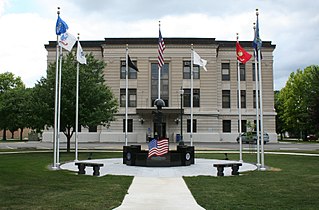
Douglas County is a county located in the U.S. state of Illinois. As of the 2020 United States Census, the population was 19,740. The county seat is Tuscola.

Cumberland County is a county located in the U.S. state of Illinois. As of the 2020 census, the population was 10,450. Its county seat is Toledo.

Crawford County is a county located in the U.S. state of Illinois. As of the 2020 census, the population was 18,679. Its county seat is Robinson.

Carroll County is a county located in the U.S. state of Illinois. As of the 2020 census, the population was 15,702. Its county seat is Mount Carroll.
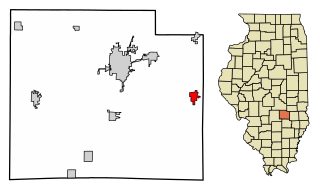
Dieterich is a village in Effingham County, Illinois, United States. The population was 890 at the 2020 census. Dieterich is part of the Effingham, IL Micropolitan Statistical Area.
Teutopolis is a village in Effingham County, Illinois. As of the 2020 census it had a population of 1,618.

Watson is a village in Effingham County, Illinois, United States. The population was 668 at the 2020 census. Watson is part of the Effingham, IL Micropolitan Statistical Area.
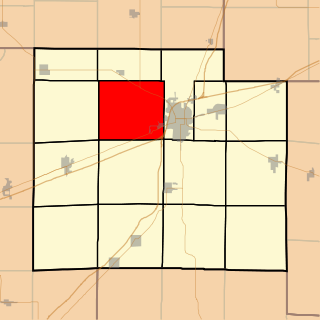
Summit Township is one of fifteen townships in Effingham County, Illinois, USA. As of the 2020 census, its population was 3,760 and it contained 1,774 housing units.
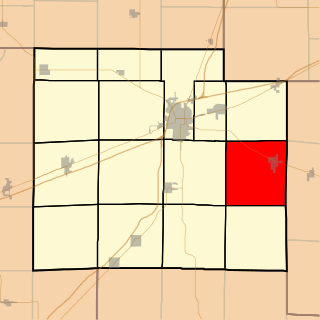
Bishop Township is one of fifteen townships in Effingham County, Illinois, USA. As of the 2020 census, its population was 1,702 and it contained 629 housing units.

Douglas Township is one of fifteen townships in Effingham County, Illinois, USA. As of the 2020 census, its population was 12,556 and it contained 5,947 housing units.

Saint Francis Township is one of fifteen townships in Effingham County, Illinois, USA. As of the 2020 census, its population was 1,194 and it contained 479 housing units.
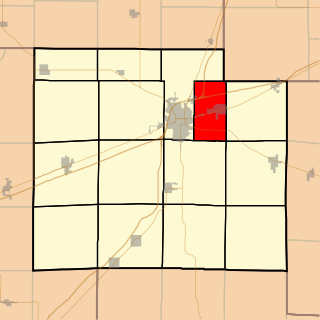
Teutopolis Township is one of fifteen townships in Effingham County, Illinois, USA. As of the 2020 census, its population was 2,782 and it contained 1,050 housing units. It was formed from Douglas Township.

Watson Township is one of fifteen townships in Effingham County, Illinois, USA. As of the 2020 census, its population was 3,188 and it contained 1,298 housing units.

West Township is one of fifteen townships in Effingham County, Illinois, USA. As of the 2020 census, its population was 444 and it contained 181 housing units.


























